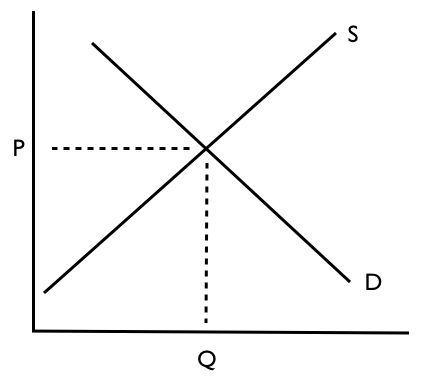The big argument in Chapel Hill housing politics is a simple one: Does the local real estate market respond to both supply and demand?
I think it does.
There is a massive local and national demand for housing in the Triangle region. Chapel Hill is a great place to live. Other people think that Chapel Hill offers a really nice amenities package that is worth bidding a lot for.
Since a lot of people want to live in Chapel Hill and supply is severely constrained due to the history of suburbanized, exclusionary zoning, prices go up until the only people who can afford to live in the town are quite wealthy.
This is a problem in a university research town that require a massively complex and deep labor market with thousands of moving parts ranging from individuals who have been in the field for thirty years with a PhD who lead labs, to grant administrators and intellectual property lawyers to students, to communications directors that keep research associates out of trouble because they make us think before we write blog posts.
One solution is to increase supply through a dozen different mechanisms where each mechanism in and of itself might not do too much, but they complement each other and lead to a future where Chapel Hill still offers amazing amenities to a much more diverse and larger group of people.
Other people think that restricting supply will drive down prices. This is an intriguing causal chain.
Now let’s look at some new evidence. In the recent Review of Economics and Statistics (informally known as RESTUD), a top-5 academic economics journal, three researchers test those two competing hypotheses — more supply drives down prices or differentiated supply of luxury apartments drives up rent levels in census tracts.
They use Zillow listings as the primary data source and use difference in difference and triple difference methods with city-year fixed effects to make causal claims. They examine what happens when a large apartment building (50+ new units) is built in a census tract in one of eleven large, housing supply constrained cities. They then track which neighborhoods people who move into the new building as well as the surrounding neighborhood came from.
What do they find?
New buildings decrease rents in nearby units by about 6% relative to units slightly farther away or near sites developed later, and they increase in-migration from low-income areas. We show that new buildings absorb many high-income households and increase the local housing stock substantially. If buildings improve nearby amenities, the effect is not large enough to increase rents.
While new buildings may increase average income in the area (or even average rents inclusive of the new units), our results suggest that they do not increase rents in the existing housing stock…our migration results suggest that strategies that encourage housing construction may also foster more economically integrated neighborhoods.
In very small regions (a couple of minutes walking) new buildings drive down rents relative to what would have happened if there was no new construction and the people who come into the neighborhood come from neighborhoods that are slightly less wealthy.
This, to me, is yet another piece of evidence that supports the notion that supply and demand apply to housing markets and as supply goes up, prices go down relative to what would have happened if there was no change in the number of units available for rent.

